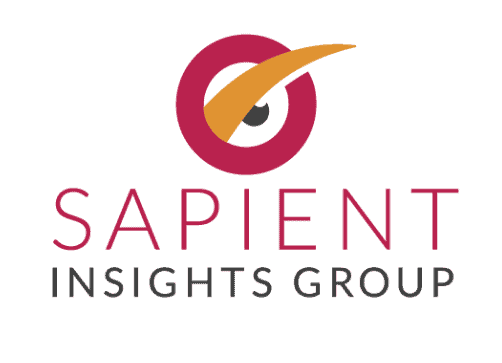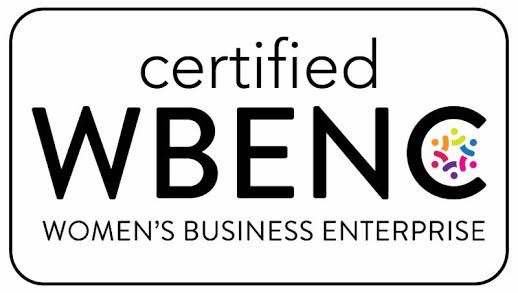For the fifth consecutive year, we conducted our annual study to understand how the employee experience influences organizational outcomes. Building on the past four years of research, this year’s study explains the rising importance of fostering Employee Wellness at organizations and discusses the changing landscape of employee surveys (e.g., engagement surveys). No longer are organizations solely focusing on nurturing Employee Engagement – they are now putting data analytics behind popular topics (e.g., Work-life Balance) that are critical in driving business outcomes.
Rising to the Top: Employee Wellness, Resilience, and Work-life Balance
The star in this year’s analysis – rising as a consistent driver of outcomes – was Employee Wellness, Resilience, and Work-life Balance. Considering only the clients who included an assessment of Employee Wellness in their annual survey, we found that Wellness was a significant driver of turnover and customer/patient satisfaction 68% of the time. The results are in Table 1.
Table 1.

Neglecting Employee Wellness Comes at a Cost
With nearly half of the American workforce experiencing prolonged exposure to extreme job stress1, Employee Wellness is increasingly of interest to organizations. It is estimated that poor Employee Wellness costs the global economy nearly $310 billion annually2 – making it no surprise that this topic rose to the top. In fact, over the last three years, we have seen a steady increase in the number of clients who included an assessment of Employee Wellness in their annual engagement survey.
With just 36% of SMD’s clients surveying Employee Wellness in 2017, that number has nearly doubled in just two years, with over 60% of SMD’s clients interested in
Employee Wellness in 2019.
How to Measure
Organizations most often measure perceptions of Work-life Balance, which largely drives the relationship between Employee Wellness and voluntary turnover and customer/patient satisfaction in this study. However, as organizations have become more interested in the topic, the Employee Wellness domain has broadened and now encompasses assessments of Resilience, Burnout, Mental and Physical Well-Being, and Wellness Support.
Resilient employees with positive perceptions of Work-life Balance effectively manage stress, feel that they have the resources to cope with their workload, and provide high-quality customer/patient service. In a recent paper, we outline our new, holistic Resiliency assessment to help clients take the temperature on Employee Wellness at their organization. In line with trends of a broadened perspective of Employee Wellness, SMD’s Resiliency assessment takes a three-pronged approach by measuring Resilience, Work-life Balance, and Wellness Support – three components that are critical to preventing burnout and promoting wellness and resiliency within employees. With this information, organizational leaders can create strategic and targeted interventions where they are most needed – mitigating the wellness risk before it becomes a crisis.
More Impactful than Engagement
For the fifth year in a row, we found Management and Senior Management to be top drivers of business outcomes. Year over year, this finding emphasizes the critical role that leaders play in building an employee’s experience, reducing voluntary turnover, driving the customer/patient experience, and enabling strong financial and employee performance. Ensuring strong Employee-Management relations serves as the foundation in allowing leaders to move the needle and better understand other areas of the employee’s work experience.
Furthermore, several key experiences remain at the top of our results in this year’s analysis. Click here to see all the results. Looking for the deep dive? Listen to our webinar recording of Which Employee Experiences Move the Business Needle? Study Reveals the Answers.
__________________________
References
1Workplace Stress: The American Institute of Stress. (2006). Retrieved from https://www.stress.org/workplace-stress
2Tottle, S. (2016). It’s costing the global economy £255 billion, so what can we do to stop workplace burnout? Retrieved from https://www.weforum.org/agenda/2016/10/workplace-burnout-can-you-do-anything-about-it


